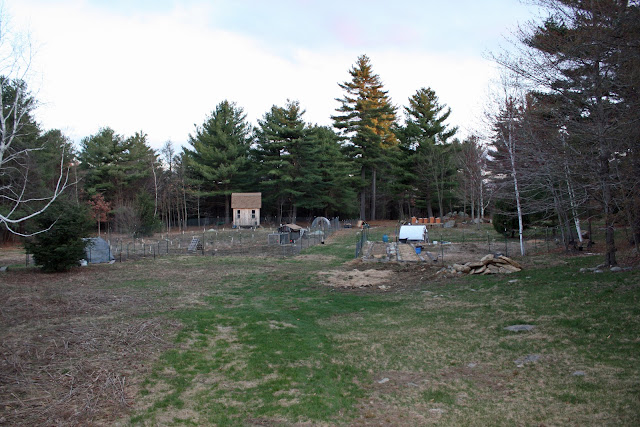According to our guide book, one should look in mixed woods under such trees as oaks, beech, or hickory. It also says they are often found in mossy areas or in leaf litter. For us, the tree variety didn't seem to matter so much. The area where the mushrooms were most concentrated is generally populated by white pines, hemlocks, and birch mixed with a few other varieties. This time of year, with the trees dropping their leaves, there is dense leaf litter- making it harder to find these mushrooms. Even without the leaf litter, they are difficult to spot at first since they blend in with their surroundings. We have found that they seem to grow in clumps or groups, so you usually find more than one at a time.
They are a delicate mushroom, so they should be used right away or dried. We usually saute some right away (delicious!) and dry the rest for winter use.












































